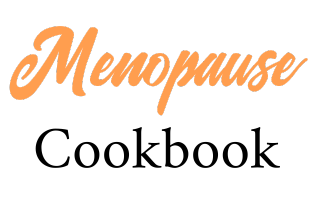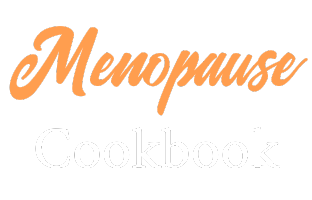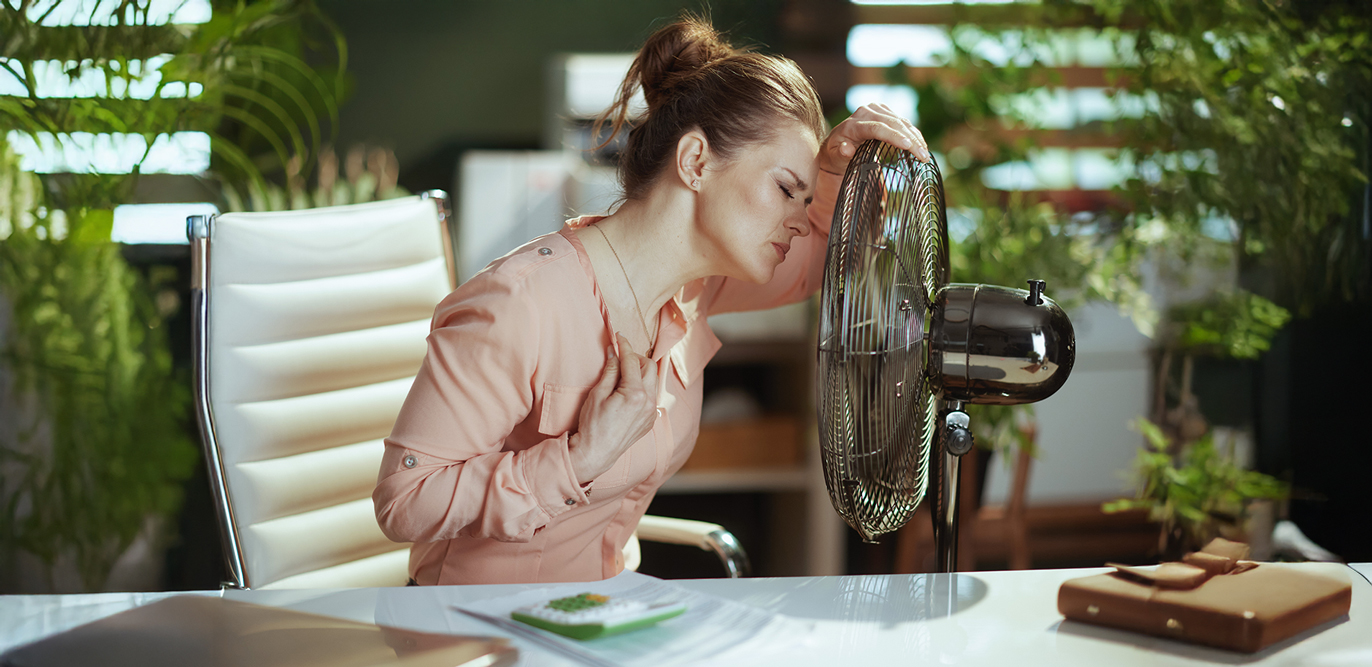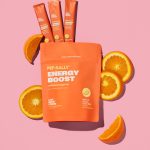More than half the population is female. More than half of them will experience the symptoms of menopause. Yet there have been virtually no advances in the treatment of menopause since hormone replacement therapy.
Pharmaceutically, that is. There have been lots of advances in natural medicine. Some won’t surprise you. Some will!
Black Cohosh
It is no surprise that black cohosh tops the list. It is probably the most studied, most important herb for menopause. Several head-to-head comparisons have shown black cohosh to be superior to and safer than HRT (hormone replacement therapy). Black cohosh is also more versatile, since it is effective against the vaginal thinning and dryness of menopause.1,2 Black cohosh is also better than HRT or valium for alleviating the depression, anxiety, irritability, nervousness and sleep disturbances that menopause brings.3-5 And it is also better than HRT for bones.6
Black cohosh is not only better than HRT but, importantly, it’s safer. Because black cohosh is not estrogenic, it not only does not stimulate breast tumors, but it also inhibits them and may even prevent breast cancer,7-10 making it safe even for women who are at high risk for breast cancer.11
An important new systematic review of all the placebo-controlled research on black cohosh looked at one earlier meta-analysis and 35 studies, 16 of which were randomized, controlled studies.12 All the studies consistently showed that black cohosh is better than placebo and as good as estrogen or the drug tibolone. Black cohosh was significantly better than placebo for both physical and psychological symptoms. For psychological symptoms, black cohosh worked even better when it was combined with St. John’s wort.
Black cohosh was shown in studies to help all symptoms from hot flashes, sweating and vaginal atrophy to sleep problems, depression and anxiety. Studies showed the herb to be the equal of estrogen and tibolone.
Black cohosh was safe for women on tamoxifen. It did not affect hormone levels, including in women with breast cancer, gynecological tumours and endometriosis. Black cohosh was associated with a reduced risk of breast cancer and a reduced risk of recurrence.
St. John’s Wort
The black cohosh review found that for psychological symptoms, black cohosh works even better when combined with St. John’s wort. But the great depression herb does not only help with the psychological symptoms. It also helps hot flashes. Eighty percent of the St. John’s wort group was depression free versus 5.7 percent of the placebo group, but both the frequency and intensity of hot flashes also decreased significantly more in the herb group.13
Saffron
Other great depression herbs also help. A double-blind study looked at menopausal women who were suffering from hot flashes and depression. They were given placebo or 30 mg of saffron extract a day for six weeks. The saffron worked way better. There was significantly greater improvement on the Hot Flash-Related Daily Interference Scale and on the Hamilton Depression Rating Scale. The saffron was as safe as placebo.14
A double-blind study of perimenopausal women gave a placebo or 14 mg of saffron extract twice a day for 12 weeks. Though this study did not find benefit for physical symptoms like hot flashes, saffron was significantly better than placebo at improving mood and psychological symptoms. On the Greene Climacteric Scale, anxiety improved by 33 percent, and depression improved by 32 percent: both significantly better than placebo. On a quality-of-life survey, saffron significantly improved emotional problems, energy/fatigue and emotional well-being.15
A third study combined 60 mg of saffron with extracts of fennel and chamomile. In the placebo group, physical symptoms only went down from 12 to 10, while in the herb group, they went down from 8.5 to just two. The herbs also worked on the psychological symptoms. While the placebo was useless, the herbs dropped the symptom scores from 12 to two. On all measures, the herbal combo was significantly better, and there were no adverse events.16
Chastetree Berry
Chastetree berry is probably the most important women’s herb of all, but this menopause study was new and surprising. Forty-six menopausal women were given the SSRI antidepressant citalopram either with a placebo or with 500 mg black seed (Nigella sativa) and the equivalent of 1,000 mg of chastetree berry. The double-blind study lasted for eight weeks. All the women in the study had either four or more bad hot flashes a day or severe hot flashes at least four days a week. According to the Menopause-Specific Quality of Life questionnaire, the herbal group fared significantly better on hot flashes and night sweats as well as physical and psychosocial scores.17
Chastetree Berry & Isoflavones
Isoflavones are mildly estrogenic flavonoids found abundantly in soy. All kinds of studies have shown that soy isoflavones help with hot flashes and vaginal dryness and thinning. In 2017, an unexpected study found that a combination of soy isoflavones, chastetree berry extract, magnolia extract and probiotics significantly reduced the frequency and severity of hot flashes compared to isoflavones alone. There was significant improvement on the Kuppermann menopause index. Magnolia used medicinally is something new. The creative combo also significantly improved sleep quality and psychological wellness. The supplement was safe, producing no adverse events.18
A just published study has now added more evidence for the menopause combo. It combined isoflavones with chastetree berry extract and, again, magnolia. Hot flashes, mood disorders and sleep were significantly improved.19
These studies suggest the possibility for a powerful new treatment for menopause. Try combining isoflavones with chastetree berry. And, if you can find some magnolia extract, throw that in too.
Hops
A 90-day double-blind study gave 500 mg of hops to women with hot flashes. On the Greene Menopausal Scale, the women on hops had significantly lower total symptom scores: there was a 90 percent decrease in the hops group versus only a 3.6 percent drop in the placebo group. Hot flashes dropped by 94.5 percent in the hops group but by only 0.8 percent in the placebo group. The women also had significantly better scores for anxiety, depression and loss of interest in sex.20
Pumpkin Seed Oil
When menopausal women were given 2 g a day of pumpkin seed oil or of wheat germ oil for 12 weeks in a double-blind study, there was significantly better improvement in menopausal symptoms in the pumpkin seed oil group. They had fewer hot flashes, less headaches and less joint pain. And they were also less depressed. Interestingly, they also had less feelings of being unloved.21
Fennel
A triple-blind study gave placebo or 100 mg of fennel twice a day for eight weeks. The women on the fennel had a significant reduction in scores on the Menopause Rating Scale, and it worked significantly better than placebo.22
Fenugreek
A 12-week double-blind study gave 600 mg fenugreek seed extract to 104 menopausal women. There was a significant improvement in total menopausal symptoms in the fenugreek seed group compared to placebo on the Menopause-Specific Quality of Life questionnaire. There was significant improvement in hot flashes, night sweats, psychosocial symptoms and sexual symptoms.23
There has also been impressive research on the more unusual fenugreek seed husk for both physical and psychological aspects of menopause.24 Schizandra
A double-blind study gave menopausal women a placebo or schizandra extract. Total scores on the Kupperman Menopausal Index were significantly lower in the schizandra group. The researchers concluded that schizandra is a safe and effective treatment for menopause, especially for hot flashes, sweating and heart palpitations.25
Milk Thistle
Better known as a liver herb, this intriguing study suggests milk thistle may also be a great menopause herb. Postmenopausal women were given a placebo or 400 mg of milk thistle standardized for 80 percent silymarin twice a day for eight weeks. While the placebo had no effect, milk thistle significantly decreased the frequency and severity of hot flashes. Scores on the Greene Climacteric Scale and on the Hot Flash Related Daily Interference Score improved significantly on milk thistle.26
Ashwagandha
A new double-blind study gave perimenopausal women either a placebo or 300 mg of ashwagandha root extract twice a day for eight weeks. Compared to the placebo, ashwagandha significantly improved scores on the menopause rating scale. The women who took the herb had significant reduction in the number of hot flashes and night sweats. They also had significantly greater improvement in psychological symptoms. Ashwagandha was able to rebalance hormones by significantly increasing estradiol so that it was returned to normal while significantly reducing follicle stimulating hormone and luteinizing hormone.27
Pomegranate
Traditional Persian medicine has long used pomegranate to help women with menopause. A new double-blind study gave 78 women a placebo or a pomegranate supplement for four weeks. The women on the pomegranate had significantly greater improvement on the modified-Kupperman index and Menopause-Specific Quality of Life questionnaires.28
Valerian
About 50 percent of menopausal women experience sleep disturbances. It may not be surprising that the great sleep herb, valerian, significantly improves the sleep struggles of menopause.29,30 But it may come as a surprise that valerian doesn’t just help the insomnia of menopause, it helps the menopause. A triple-blind study gave a placebo or 530 mg of valerian twice a day for two months to 60 postmenopausal women. Both the frequency and severity of hot flashes improved significantly more on valerian.31
An earlier study found that 225 mg of valerian given three times a day significantly reduces the frequency and severity of hot flashes. Hot flash severity dropped from 9.82 to 5.23 after eight weeks on valerian, while the placebo group only changed from 9.96 to 9.86. As for frequency, the valerian group improved from 7.91 hot flashes a day to only 4.83 while the women on the placebo went from 7.73 to 7.75.32
Rhodiola & Black Cohosh
And back to black cohosh. But this time the double-blind study tried combining black cohosh with rhodiola. Both black cohosh and the black cohosh/rhodiola combination were significantly better than placebo. But black cohosh combined with rhodiola was the most effective of all. It dropped scores on the Kupperman Menopausal Index by a significantly superior 71.2 percent. Black cohosh alone dropped it by 50.5-59.1 percent. The placebo dropped the score by only 26.3 percent. Quality of life improved for women on black cohosh and on the combination, but, again, the combination was significantly better. Women on the combination improved their quality-of-life scores by 25 percent. Women on black cohosh improved by 17 percent while the placebo group improved by only 12.2 percent.33VR
Sources:
1 Therepeutikon 1987;1:23-31.
2 Planta Med 1991;57:420-24.
3 Gynecoogy 1982;1:14-16.
4 Med Welt 1985;36:871- 4.
5 Therepeutikon 1987;1:23-31.
6 Maturitas 2003;44:S67-77.
7 Arch Gynecol Obstet 1993;817:18.
8 Breast Cancer Res Treat 2004;84:151-60.
9 Int J Cancer 2007;120:1523-28.
10 Menopause 2007;14:89-96.
11 Cancer Invest 2004;22:515-21.
12 Climacteric 2021;24(2):109-119.
13 Complement Ther Med 2019;45:109-13.
14 Arch Gynecol Obstet 2018;297(3):717-724.
15 J Menopausal Med 2021;27(2):66-78.
16 J Caring Sci September 2019;8(3):181-9.
17 Gynecol Endocrinol 2019;35(1):58-61.
18 Nutrients 2017:9(2), 129.
19 Gynecol Endocrinol 2022 Apr;38(4):339-344.
20 Complement Ther Clin Pract 2016;23:130-5.
21 Climacteric 2011;14(5):558-64.
22 Menopause 2017;24(9):1017-21.
23 Phytother Res 2017;31(9):1316-1322.
24 Phytother Res 2016;doi:10.1002/ptr.5680.
25 Climacteric 2016;19(6):574-580.
26 Phytother Res. 2020;34(12):3359-3366.
27 Journal of Obstetrics and Gynaecology Research 2021;doi.org/10.1111/jog.15030.
28 Complementary Therapies in Clinical Practice February 2022;46:101544.
29 Menopause 2011;18:951-5.
30 Complement Ther Clin Pract 2013;19:193-6.
31 Women Health 2018;58(3):297-304.
32 Iran J Pharm Res 2013;12(1):217-222.
33 Pharmaceuticals 2020 May;13(5):102.
Linda Woolven is a master herbalist, acupuncturist and solution-focused counsellor with a virtual practice in Toronto, ON, Canada. Woolven and Ted Snider are the authors of several books on natural health. You can see their books at www.thenaturalpathnewsletter.com. They are also the authors of the natural health newsletter The Natural Path. The Natural Path is a natural health newsletter specifically designed to help health food stores increase their sales by educating their customers. The Natural Path contains no advertising and never mentions a brand name. Retailers can provide The Natural Path Newsletter to their customers. For more information, contact Snider at tedsnider@bell.net or (416) 782-8211.




